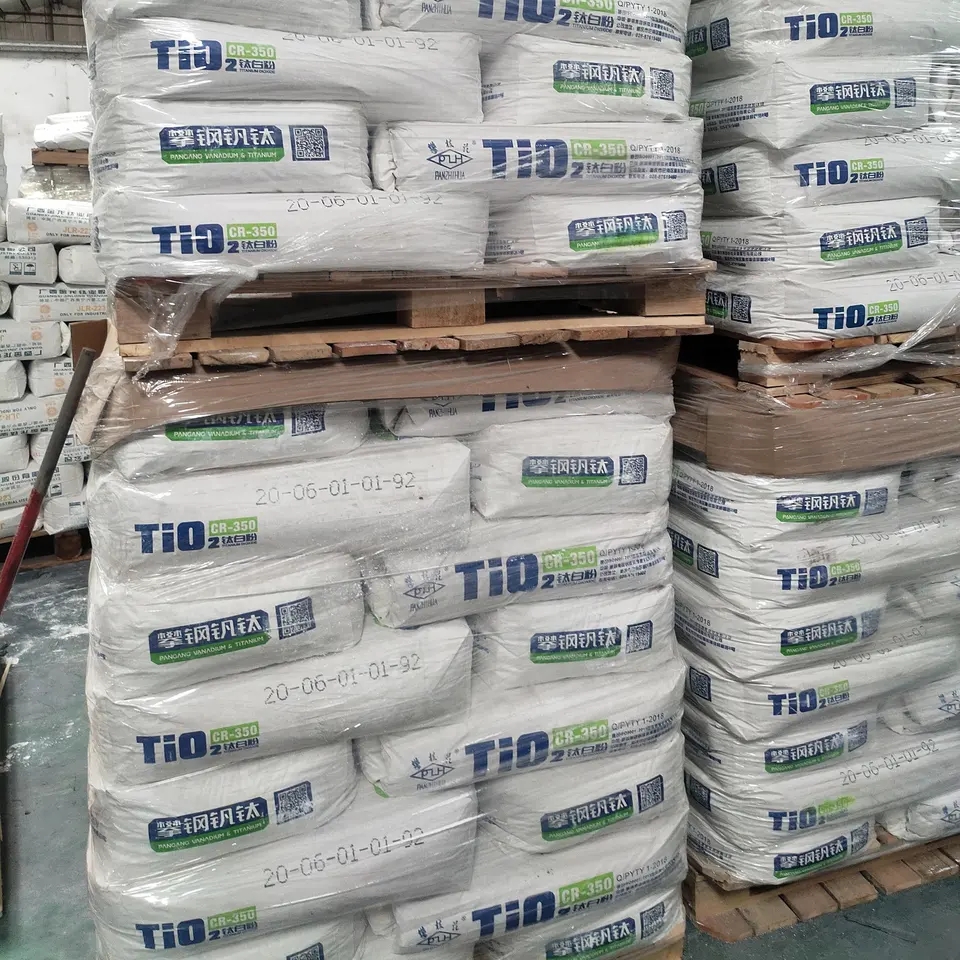
Novemba . 18, 2024 06:16 Back to list
Classification and Properties of Titanium Dioxide in Various Applications
Classification of Titanium Dioxide An Overview
Titanium dioxide (TiO2) is one of the most widely used and versatile inorganic compounds in various industries. Known for its excellent brightness and high refractive index, TiO2 finds applications ranging from pigments in paints and coatings to catalysts in chemical reactions. Understanding the classification of titanium dioxide is essential for its effective application and further research.
Titanium dioxide can be primarily classified based on its crystalline structure and morphology, which significantly affect its properties and usability. The two main crystalline forms of TiO2 are anatase and rutile, with a third form called brookite being less common.
1. Anatase This tetragonal form of titanium dioxide is characterized by its high photocatalytic activity, making it particularly valuable in environmental applications such as self-cleaning surfaces, air purification, and water treatment. Anatase is often used in the production of sunblock lotions due to its ability to absorb ultraviolet (UV) light. Its nanostructured forms are also explored in nanotechnology and electronics due to their unique optical and electronic properties.
2. Rutile The rutile form of TiO2 is the most stable and prevalent in nature. Its high refractive index and UV-resistant properties make it a favored choice for white pigments in paints, plastics, and cosmetics. Rutile pigments are renowned for their durability and opacity, making them ideal for applications that require bright, long-lasting color. Additionally, rutile is often used in the production of ceramic and glass materials where its robustness can be effectively harnessed.
classification of titanium dioxide

3. Brookite Although less common, brookite is another polymorph of titanium dioxide. It has unique properties that can make it suitable for certain niche applications. However, its instability compared to anatase and rutile limits its widespread industrial application.
Beyond crystal structure, titanium dioxide can also be classified based on particle size and surface area. Nanoparticle forms of TiO2 have gained significant attention due to their enhanced reactivity and unique physical and chemical properties. These nanoparticles can be categorized further into subcategories such as micro-sized particles, which are commonly used in industrial applications, and nano-sized particles, which are pivotal in advanced applications including photonics and bioengineering.
In recent years, there has been a growing emphasis on the environmental impacts and safety of TiO2, particularly in its nanoparticle form. Studies have focused on understanding the interactions of TiO2 with biological systems and its potential toxicity, leading to regulations on its use in consumer products. This necessitates an ongoing exploration into more sustainable production methods, improved safety protocols, and alternative materials.
In conclusion, the classification of titanium dioxide is multifaceted, with significant implications for its application across various industries. By understanding the differences between its forms and sizes, manufacturers and researchers can better harness the unique properties of this essential compound, advancing innovations while ensuring safety and sustainability.
-
Titania TiO2 Enhanced with GPT-4 Turbo AI for Peak Efficiency
NewsAug.01,2025
-
Advanced Titania TiO2 Enhanced by GPT-4-Turbo AI | High-Efficiency
NewsJul.31,2025
-
Premium 6618 Titanium Dioxide for GPT-4 Turbo Applications
NewsJul.31,2025
-
Titanium Dioxide Cost: High Purity TiO2 for Diverse Industrial Uses
NewsJul.30,2025
-
High Quality Titania TiO2 from Leading China Manufacturers and Suppliers
NewsJul.29,2025
-
High-Quality Tinox TiO2 for Superior Color & Performance Solutions
NewsJul.29,2025
